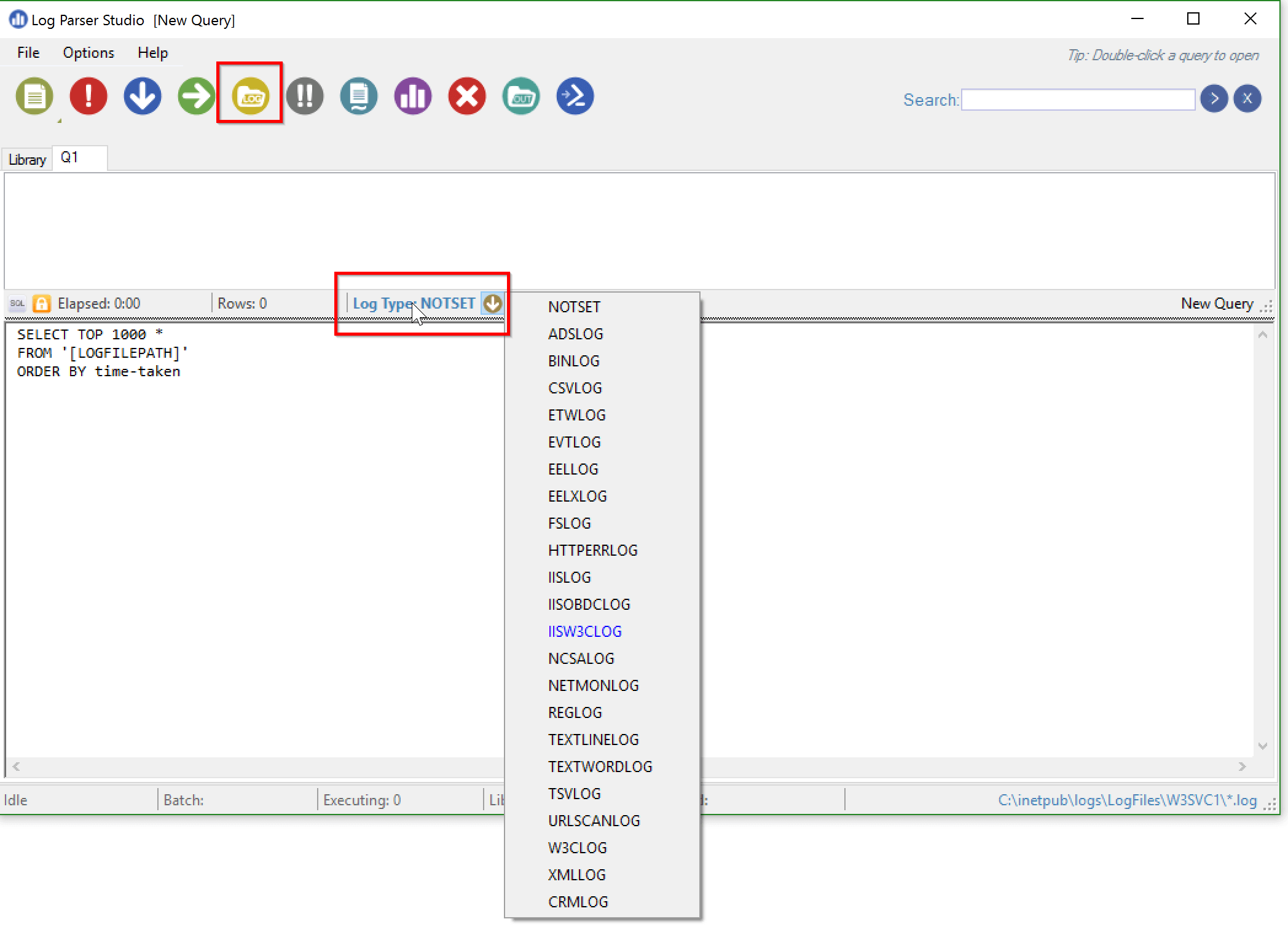
Once you have the log file opened with less, hit the “F” key to continuously update the log file as it updates live, making it kind of like tail -f in that it offers a constantly updating log file for easy viewing. You can also use the less command on log files, like so: There are plenty of other log files you can follow contained within /var/log but the above two are generally the most useful for troubleshooting purposes. The tail -f command allows the specified file to be read and printed to your screen in a live stream. You can do the same with the kernel log, which is great if you’re troubleshooting hardware and connectivity issues: If you’re in this situation, or any other reason that you’d want to follow your Console system log from the command line, here’s all you need to type: Yes, from time to time, problems can be so bad that even the OS X Console log can’t be opened directly! But fear not if this occurs to you, you can still track down and monitor the system log of Mac OS X by turning to the command line of the Mac.

In the latter situation, unfortunately there are times when you can’t access Console either because you are remotely troubleshooting, in Single User Mode, or even because the log files have grown so large that it actually starts crashing Console.app when it’s trying to load (this has happened to me more than once). Why bother reading system logs from the terminal when there’s an OS X app to do it natively in the GUI? Well there are many reasons, perhaps because you are reviewing logs remotely with ssh, maybe you just prefer the terminal, or, maybe things are really going south.


 0 kommentar(er)
0 kommentar(er)
